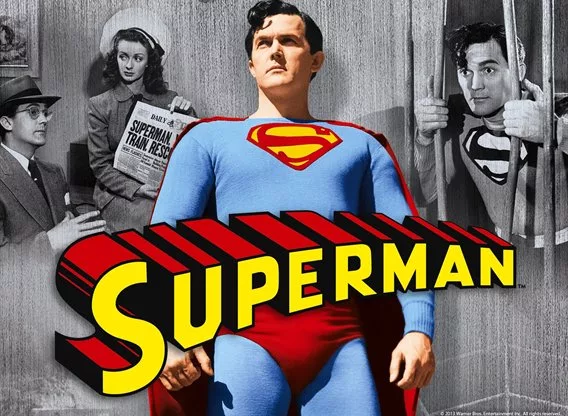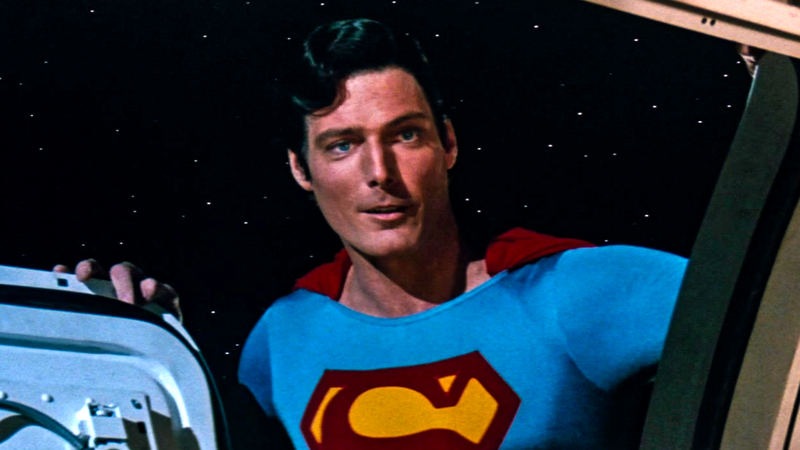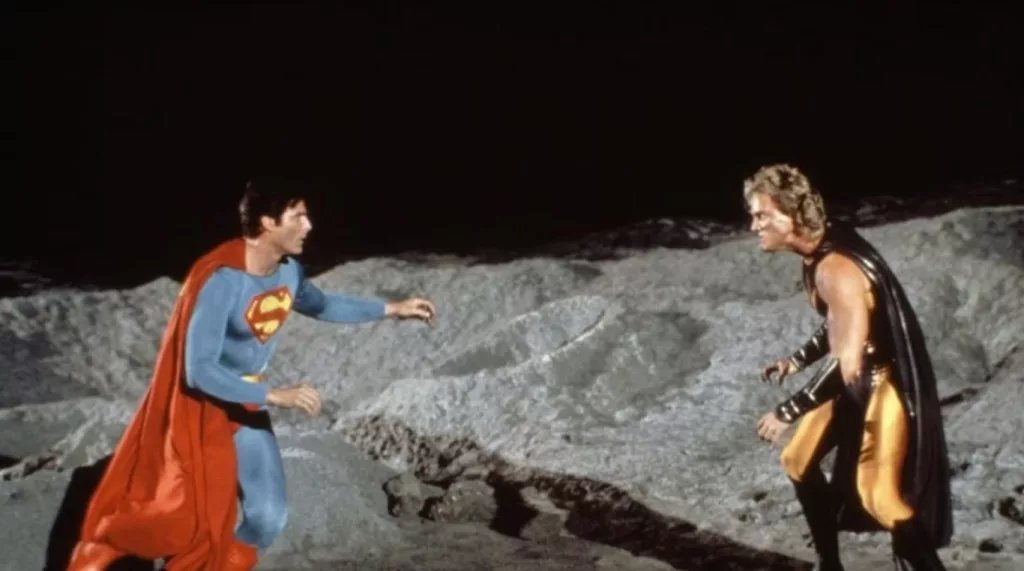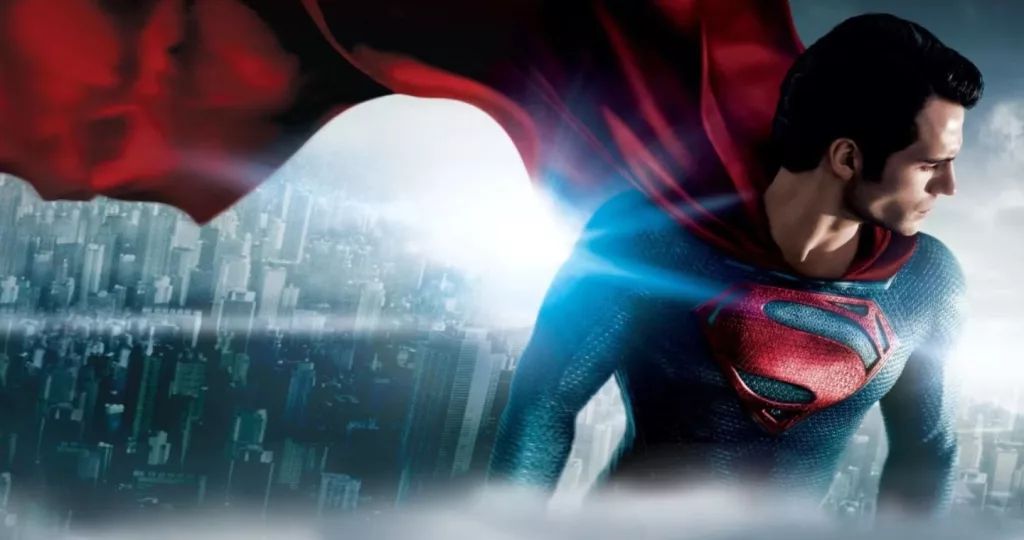Explore the iconic journey of the Man of Steel with “Superman movies in order,” tracing the cultural impact of this legendary superhero.
Superman, one of the first superheroes, is still one of the most recognizable comic book characters ever. That is the absolute truth. Much of the character’s success, like Batman’s, can be attributed to the silver screen. While Superman has fewer films than Batman, his films are probably more important regarding cultural effect (and simply the extensive development history required to bring the character to life). Athletes like to celebrate scores and dunks with a Superman celebration for a reason. On the other hand, Superman films are much more hit-or-miss than Batman’s, but the series still has a devoted following.

While it has been nearly ten years since Superman got his own standalone film. While it was initially thought that Henry Cavill would reprise his role as Superman after Black Adam, the decision to reboot the franchise was quickly made. DC Studios co-president James Gunn announced Superman: Legacy, and the project recently cast Superman and Lois Lane.
The promise of future Superman flicks has reawakened audiences’ interest. Following the announcement, in order of release, here is a list of all Superman movies, from modest serials to massive crossovers and every theatrically released Superman feature. Because the character has been relaunched several times, fans can choose their favourite from the various Superman movies in order.
Superman Movies in Both Chronological and Release Date Order
- Superman, January 5, 1948
- Atom Man vs. Superman, July 20, 1950
- Superman and the Mole Men, November 23, 1951
- Superman: The Movie (December 15, 1978)
- Superman II, June 19, 1981
- Superman III, June 17, 1983
- Superman IV: The Quest for Peace, July 24, 1987
- Superman Returns, June 28, 2006
- Man of Steel, June 14, 2013
- Batman vs. Superman: Dawn of Justice – March 25, 2016
- Justice League, November 17, 2017
Superman (1948)
Superman initially emerged outside of comic books in 1941 with the iconic Max Fleischer cartoons, and he made his live-action debut seven years later with Superman. Superman, like Batman, made his debut live-action appearance in a 15-part serial broadcast in weekly theatrical episodes. This original serial tells the story of Superman’s birth. Kirk Alyn played the titular hero, who went uncredited; to maintain the illusion of Superman, Superman was credited as himself in the film.
The plot follows Clark Kent as he discovers who he is and faces The Spider Lady. The Spider Lady is an original character that has only recently emerged in comic books.
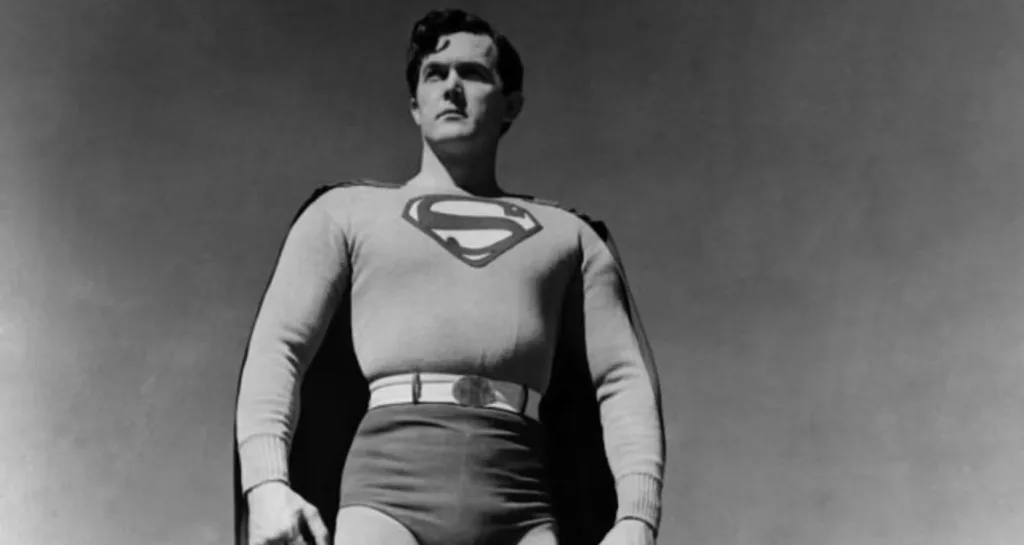
The film’s budget was extremely limited, which hampered the special effects. While far behind today’s blockbusters, these effects are acceptable for the time and add to the charm. The episodes conclude on cliffhangers once his origin is revealed in the first three segments. Superman was already a well-known figure, but these serials elevated him to new heights.
The success of these tiny Superman pictures spurred not only a sequel two years later but also the Batman serials. This early version of Superman is tacky and dated, but fans should watch it to appreciate his humble big-screen beginnings.
Atom Man vs. Superman (1950)
Two years later, a new 15-part serial starring Superman was launched. Superman faces off against the titular Atom Man in Atom Man vs. Superman. While this may appear to be a new persona, his alias is a name that is all too familiar. The alter ego of classic bad guy Lex Luthor is Atom Man. Lyle Talbot, who previously played James Gordon in the 1949 serial Batman & Robin, plays Lex in his first live-action appearance. Kirk Alyn reprises his role as Superman, but this time he is uncredited. This serial was far more typical, with gimmicks and cliffhangers in each episode.

This, however, only adds to the enchantment. Atom Man vs. Superman feels like an early Superman comic has come to life; similarly to the previous serial, Atom Man vs. Superman gave the popular character a significant boost.
Superman and The Mole Men (1951)
Superman and the Mole Men was released in theaters in 1951. George Reeves played Superman, and Phyllis Coates played Lois Lane in the black-and-white film. Clark Kent and Lois Lane come to a little hamlet where recent oil drillings have revealed a mystery race of Earth creatures. The townspeople are terrified of these monsters, and Superman must intervene to prevent a clash between the two sides.
This resulted in The Adventures of Superman, a television series starring George Reeves that helped cement Superman as one of the world’s most popular heroes. George Reeves played the character until his death on June 16, 1959. The circumstances surrounding his demise are still unknown, but he left an indelible impression on the character.

Superman: The Movie (1978)
The terms ‘legendary’ and ‘iconic’ are frequently used. Superman: The Movie from 1978 is the only film that warrants these titles. This film forever altered the character and paved the way for future superhero flicks. The film’s revolutionary special effects are still considered a masterclass in the field today.
The picture featured Marlon Brando as Jor-El; this icon and juggernaut of an actor further added to the film’s legendary stature, and audiences took the film seriously.
Gene Hackman, another well-known actor, also appeared in the picture. Gene played the legendary Superman villain Lex Luthor, and his performance is frequently regarded as the foundation for subsequent interpretations of Lex. While these two performers had top billing, the titular role was assigned to an unknown actor, and while he wasn’t well-known then, he would soon become associated with the name Superman.
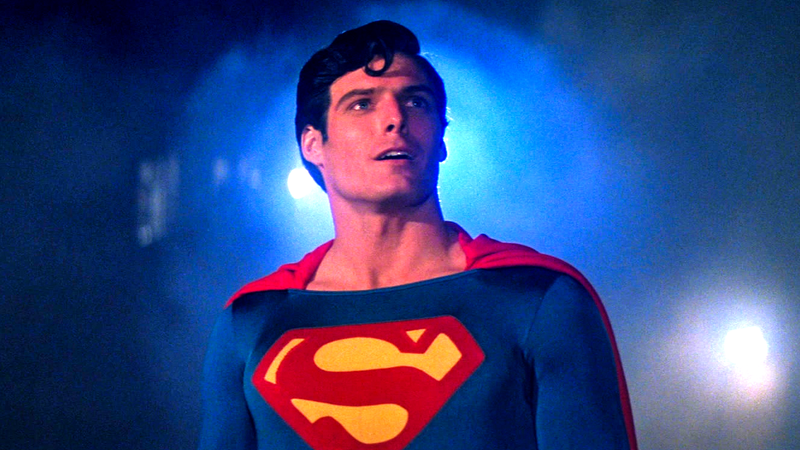
The film boasts one of John Williams’ best scores and, as a result, possibly the most recognizable superhero theme of all time. This theme music has stayed with the character for decades, even featuring in unrelated Superman ventures like Smallville and the theatrical cut of Justice League. It was recently shown in the end credits of Black Adam, which saw Henry Cavill reprise his role as Superman. This is the Superman narrative for lovers of the figure.
It may sometimes be corny, but this picture officially launched the superhero genre. After just one viewing, you’ll believe a man can fly. It inspired fans to become their own superheroes. It is one of the greatest superhero films ever due to its outstanding cast, plot, and spectacular effects.
Superman II (1980)
Did you know that the late director Richard Donner shot a sequel to the popular character Superman while still filming the first movie? However, production on the second film was put on hold due to tensions between Donner and the producers. Despite completing over 70% of the film, production was halted, and Richard Lester was brought in to finish Superman II after Donner was dismissed following the first movie’s success. This decision caused outrage among most cast and crew, who returned only to reshoot scenes due to contractual obligations. This scenario is similar to what occurred with the Justice League years later.
Like the later Justice League picture, the original director returned to complete his vision for the Superman sequel. The theatrical and Donner cuts follow the same plot where Jor-El helps send three criminals to the Phantom Zone before Krypton’s destruction. These villains, led by General Zod, eventually come to Earth to seek revenge on Kal-el for his father’s actions.
Despite over 40 years since its release, many fans prefer Superman II to the first movie. Christopher Reeve, Margot Kidder, and Gene Hackman all reprise their roles, while Terence Stamp delivers an outstanding performance as General Zod with a larger part.
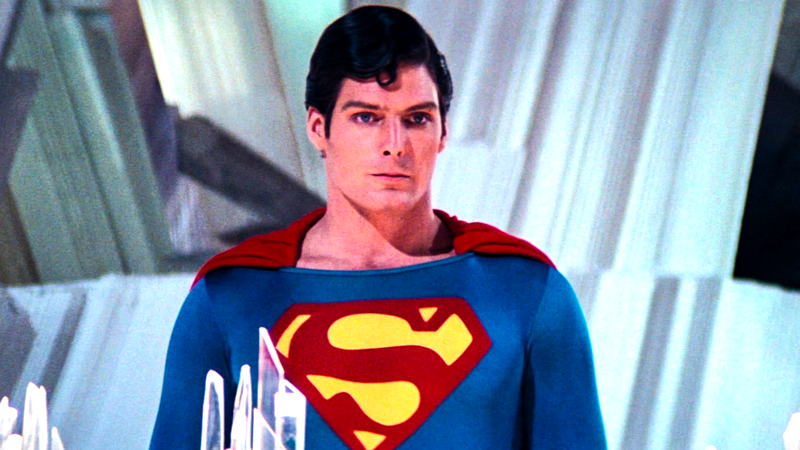
Superman II is a perfect blend of drama, action, and comedy. The relationship between Clark and Lois is crucial to the movie’s plot, as Clark must choose between being with the woman he loves and remaining a hero. The film highlights the advantages and disadvantages of sacrifice and how even the smallest decisions can have disastrous consequences. This concept of a superhero relinquishing its powers in a sequel has impacted the genre, appearing in movies like Spider-Man 2 and Wonder Woman 1984.
You may also read: 15 Best Alien Cartoon Movies And TV Shows
Superman III (1983)
Many fans of the Superman film series agree that the third installment marked a decline in quality. Despite the return of Richard Lester as director, many performers, including Margot Kidder, were unhappy with the decision to fire Richard Donner. Kidder’s role was reduced due to her vocal opposition. Donner had ambitious plans for the series, including the inclusion of Brainiac, which never came to fruition.
Superman III is considered campier than its predecessors, with comedic moments. The plot follows Superman as he battles a corrupt corporate tycoon, not Lex Luthor or Brainiac, as initially planned. One intriguing feature is the introduction of synthetic Kryptonite, which splits Superman in two.
With Lois absent, Lana Lang, played by Annette O’Toole, becomes Clark’s love interest. Richard Pryor joins the cast as Gus, a character many fans find unnecessary. The film received mostly mediocre to negative reviews, but some aspects are enjoyable. Ultimately, it did little to advance the Superman plot and is largely forgotten, not achieving the notoriety of the following film.
Superman IV: The Quest For Peace (1987)
Much like the Batman series, the fourth Superman movie did not fare well among comic book enthusiasts. Superman IV: The Quest For Peace was created to spread awareness against nuclear weapons. However, the film was produced by Canon Films, a company notorious for producing low-quality movies in the 1980s. As a result, the movie is often regarded as one of their less successful productions.
Canon faced a significant financial setback just before filming began, which hurt the quality of the film. Unlike its predecessor, which boasted groundbreaking visual effects, this film took significant shortcuts to cut costs. One of the most iconic shots of the movie was Superman flying, which was repeated several times. Even though none of the returning cast members wanted to return, Christopher Reeve, Margot Kidder, and Gene Hackman agreed to reprise their roles. Reeve, in particular, only agreed to return if he was paid more and had some input into the story.
In the film, Superman sets out to destroy all nuclear missiles on Earth. Luthor, his arch-nemesis, sends Superman’s DNA into space with the weapons to finally defeat him. This results in the creation of Nuclear Man, an unusual superhero with Lex Luthor’s voice. The film was a commercial and critical failure, with the forced message detracting from the weak plot and the special effects being subpar even for 1987, despite the lack of enthusiasm from the returning cast members.
Superman Returns (2006)
The franchise stayed dormant for nearly 20 years after the embarrassing catastrophe that was Superman IV. All four Burton/Schumacher Batman films were released at the same time. In the 1990s, Tim Burton directed, and Nicolas Cage played Superman in an attempt to bring Superman back to the big screen. That would have been an insane production in and of itself. That is for certain. However, the failure of Batman and Robin ended the project.
After the ten-season popularity of Smallville, it was evident that there was renewed interest in the character. Superman Returns, directed by X-Men director Bryan Singer, followed on the heels of 2005’s Batman Begins. Rather than a complete reboot, Superman Returns follows the first two Christopher Reeve films while ignoring the third and fourth.
Man Of Steel (2013)
With the popularity of the MCU and the completion of The Dark Knight Trilogy, Warner Bros. decided to create its own cinematic universe, introducing the DC Universe (or DCU). Man of Steel, Superman’s first film in seven years and the first time he has been entirely rebooted since 1978, kicked things off. General Zod is the enemy for the first time since 1980, and Lex Luthor does not appear. Most fans feel that Henry Cavill’s performance as Superman is equivalent to Christopher Reeve’s.
The film takes a darker look at the character from which much criticism stems, namely Superman taking his own life. Man of Steel received mixed reviews from reviewers and audiences, but it was a box-office success and launched a new cinematic universe. It was the beginning of something new and refreshing for DC fans.
Batman vs. Superman: Dawn of Justice (2016)
Following Man of Steel, the second film in the DCEU is Batman vs. Superman: Dawn of Justice, which depicts how the existence of Superman divides the world. Many believe they have been bestowed with a guardian angel who will fight tooth and nail to keep them safe. Others, such as Bruce Wayne, believe Superman is a ticking time bomb who will only attract more destruction and destroy Earth if he chooses. The two greatest and most popular DC Universe heroes take center stage.
After witnessing the destruction of Metropolis firsthand and up close, Bruce returns to the streets as Batman after an eight-year sabbatical. Batman is more violent than ever, which catches Superman’s attention. The pitting of these two giants against each other is all part of Lex Luthor’s plot to build his Kryptonian monster to keep them occupied.

In this divisive installment, Ben Affleck debuted as Batman, and Henry Cavill reprised his role as Superman. Many fans were dissatisfied with the picture, but it grew in popularity. The main criticism is that the film feels more like a feature-length post-credits sequence than a standalone film. Most of the film is dedicated to setting up the Justice League rather than telling its plot.
Justice League (2017/2021)
Batman and Wonder Woman join the Justice League but quickly realize they need Superman’s assistance. They use the Boxes to resuscitate him, although he is initially hostile. Superman joins the league to take on Darkseid after rediscovering who he is while visiting Smallville. This was DC’s take on The Avengers. Superheroes battling evil at the same time.
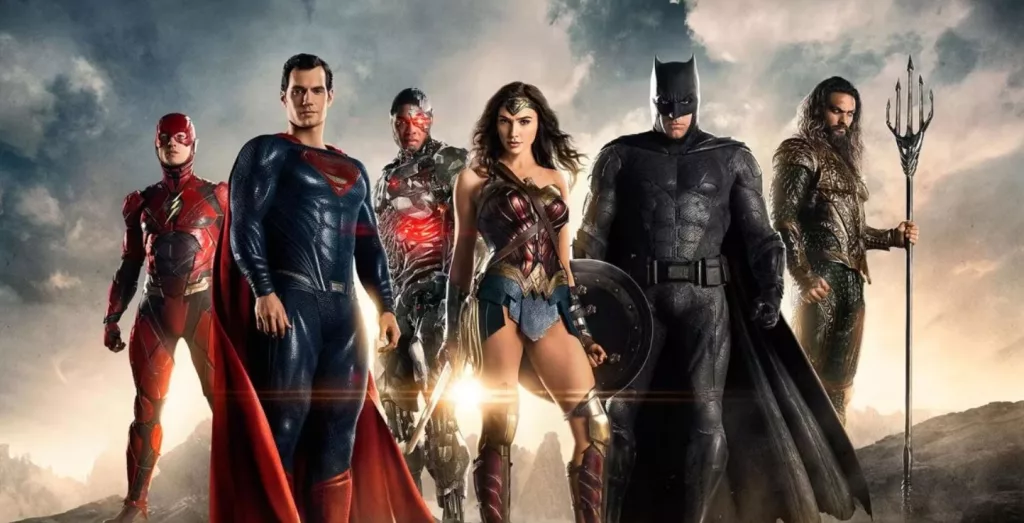
Even though Cavill did not appear, Superman remained in the DCEU for years. Superman appears in the final sequence of Shazam!, although due to schedule issues, Cavill’s face is not seen; instead, he is shot from the neck down. Superman appeared in Peacemaker and The Flash, although his face was never revealed. The character did appear in the Black Adam end credits, hinting at a potential battle between the two characters. However, shortly after the film’s release, it was stated that Superman would be replaced.
We hope you’ve enjoyed tracing the cinematic journey of Superman with our “Superman movies in order” guide. Despite the character’s evolving presence in the DCEU, the legacy of the Man of Steel continues to captivate audiences. Stay tuned for more adventures from this iconic superhero!

